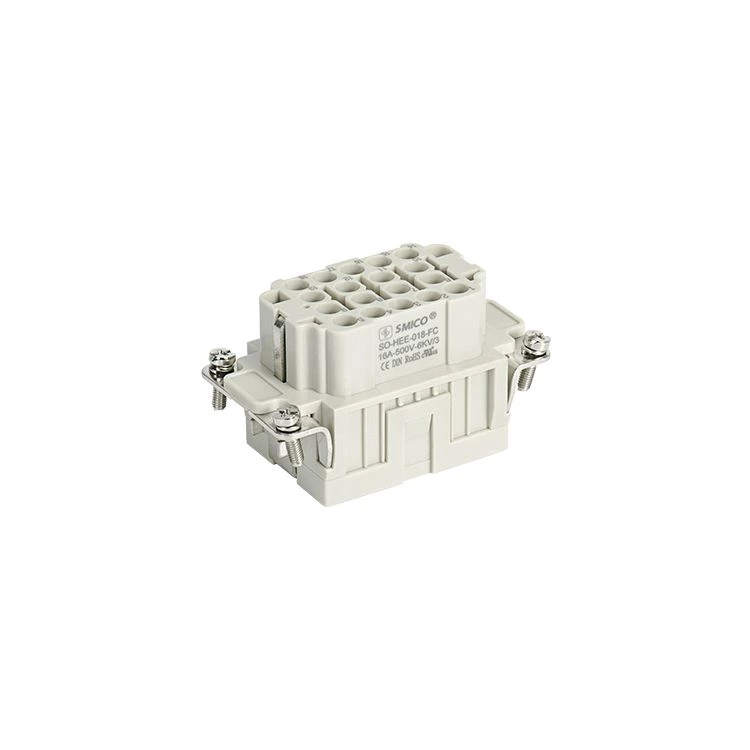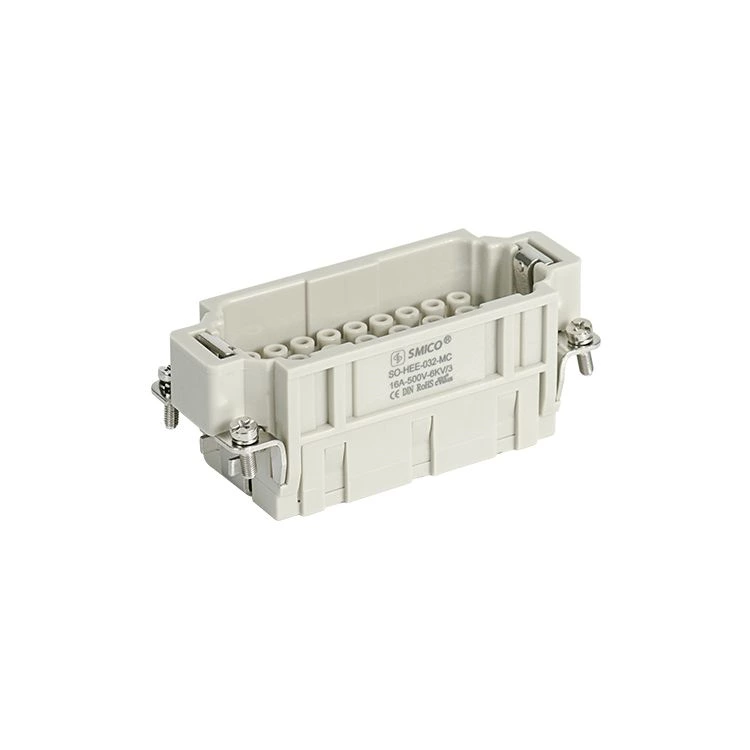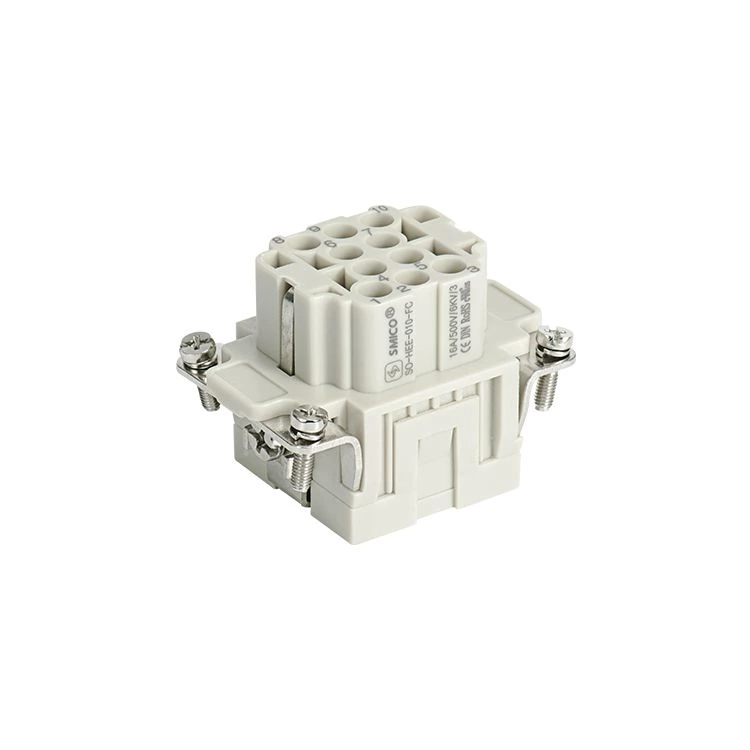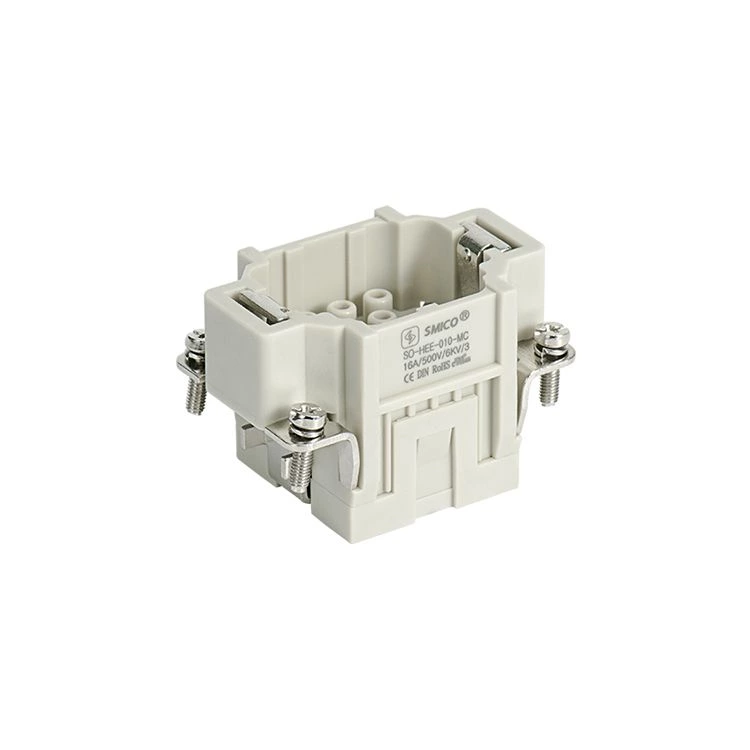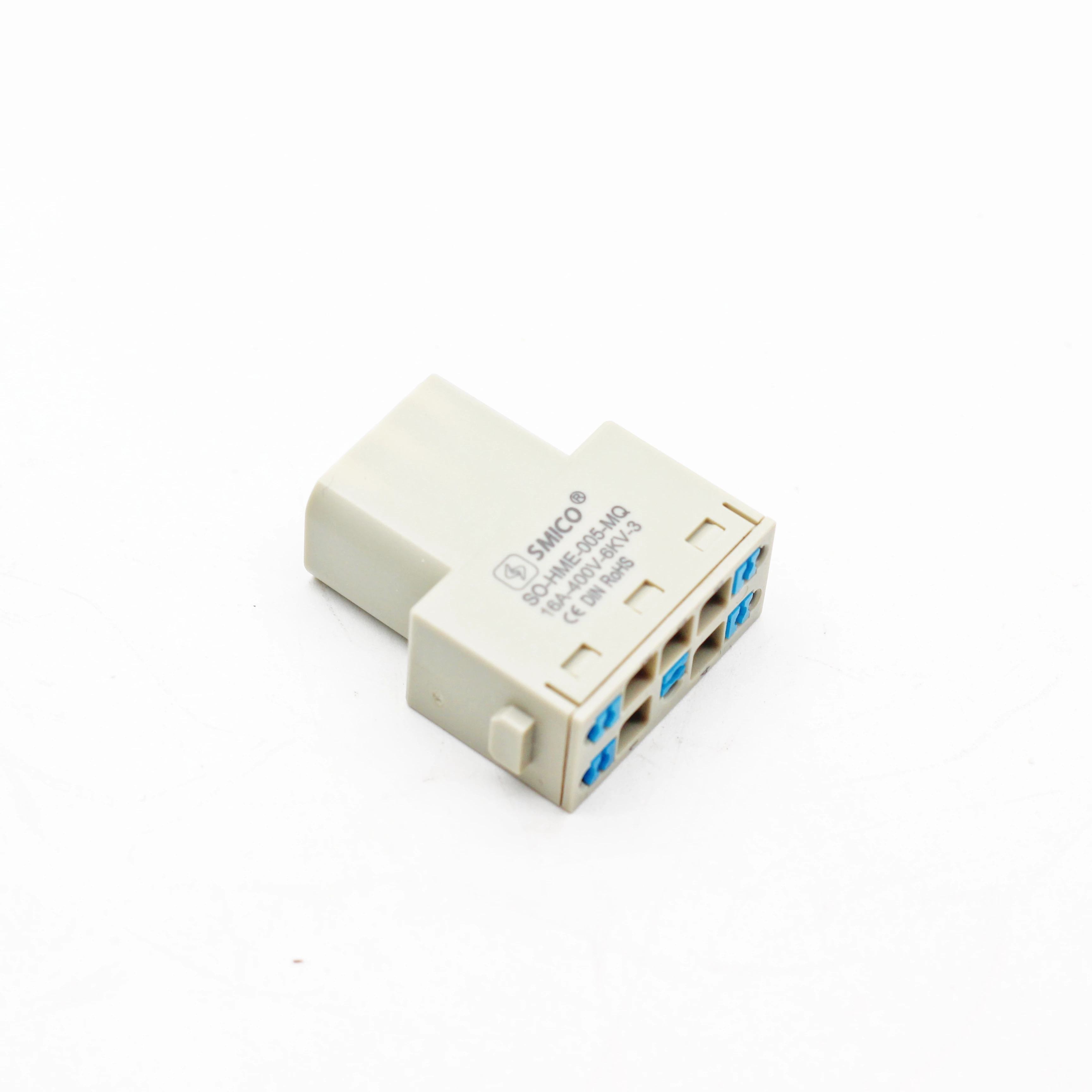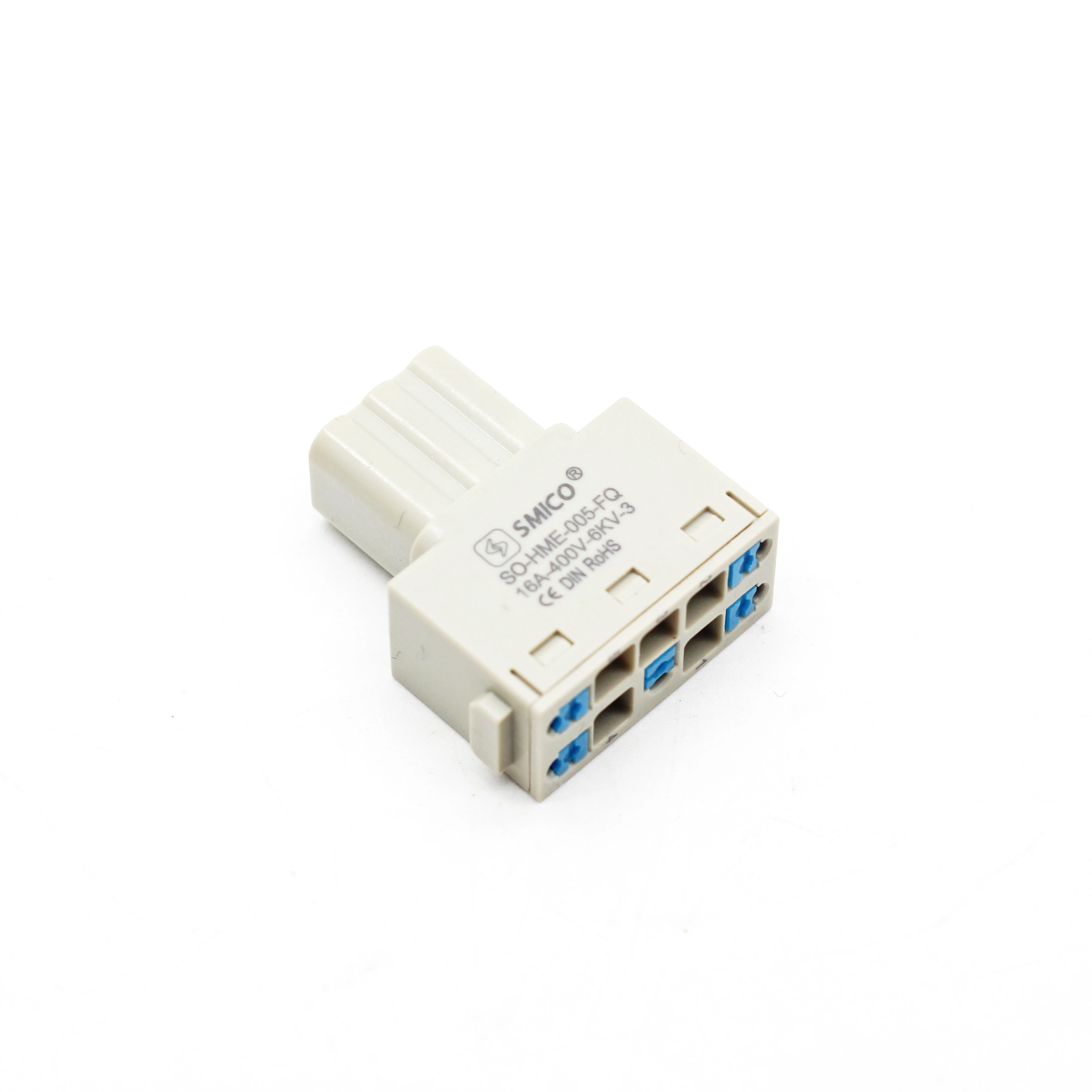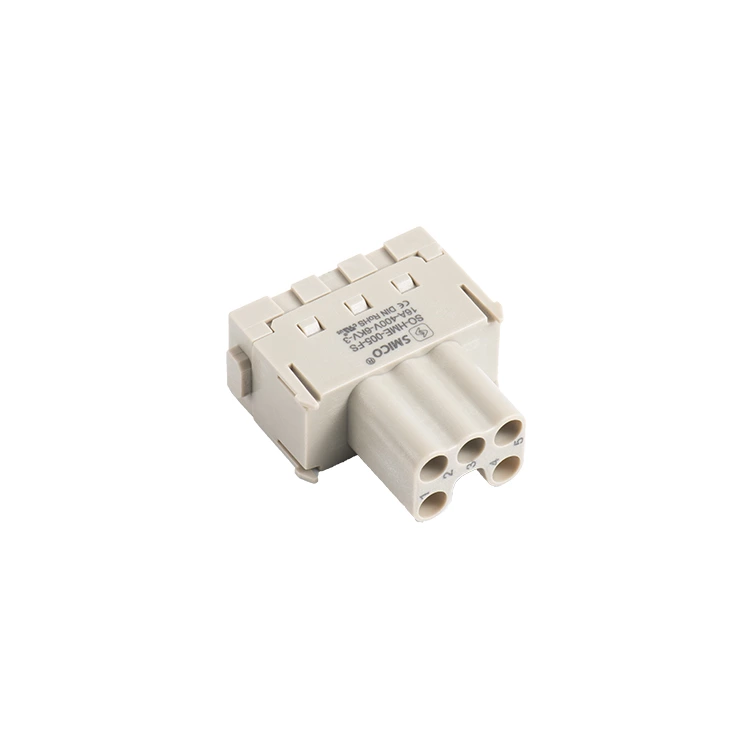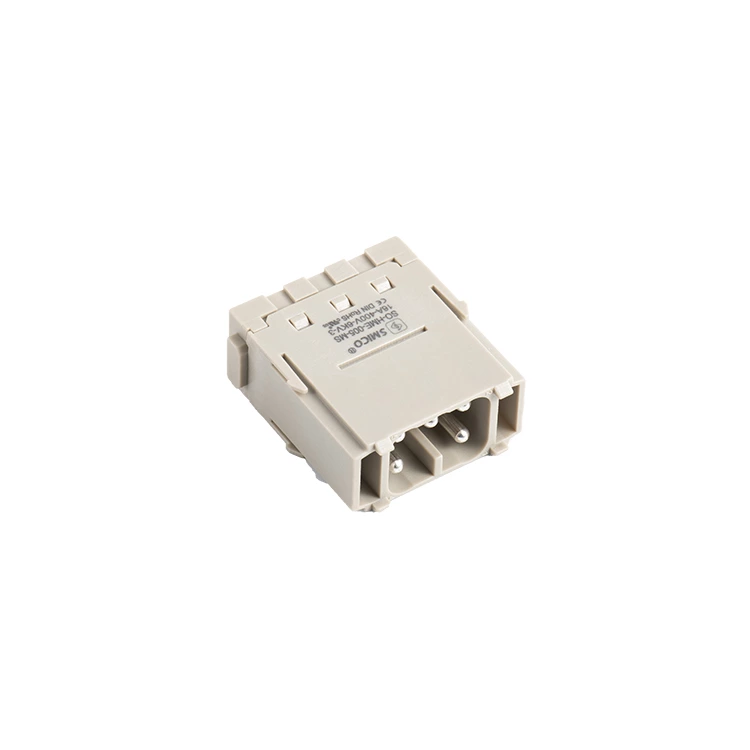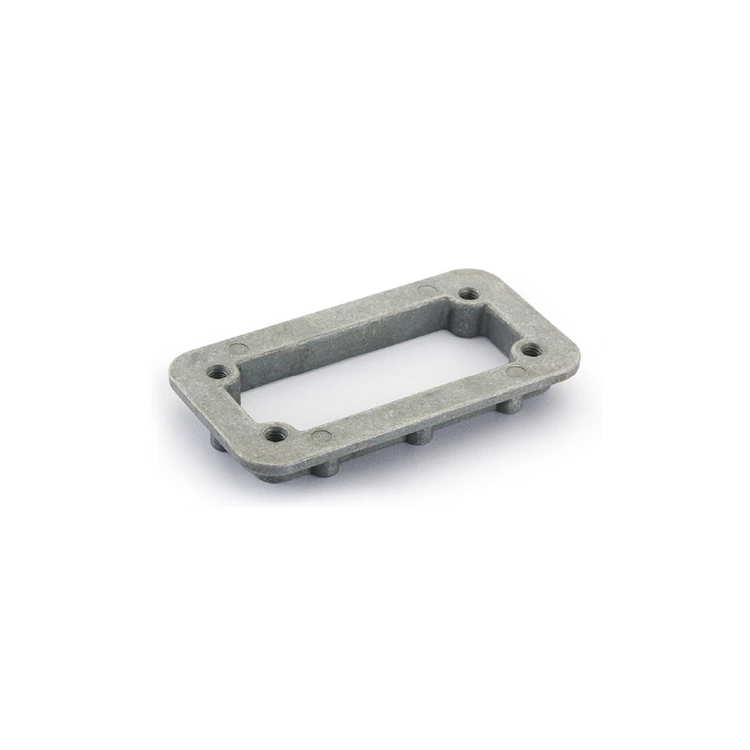Development Analysis Of Heavy-duty Connectors
According to the 2014 Market Survey Report of Heavy Duty Connectors in Chinese Mainland, the market size of heavy duty connectors in China was about 550 million yuan in 2013; The main applications are concentrated in the three major fields of machinery, electricity, and rail transit, accounting for about 80% of the total sales. Among them, the two major fields of machinery and electricity account for 62.4% of the overall market size; The concentrated entry of numerous HDC manufacturers both domestically and internationally in 2010 has led to increasingly fierce market competition; However, the overall good growth rate of the Heavy Duty Connector industry still makes many companies optimistic about their market expectations for 2007. The market growth points (growth areas) of each company are not concentrated in certain sub sectors, and different companies have their own focuses. Machinery, electricity, and rail transit are the market growth points of some companies. At present, whether enterprises can seize market growth opportunities and expand market share has become the key to the growth and profitability of many new entrants.
At present, the HDC market in mainland China is mainly occupied by 20 manufacturers including Hardin, Weidmuller, Yima, and Xiamen Xiba Shi; The investigation found that HDC product technology is currently relatively mature, and the overall entry threshold is not very high. Many companies have relied on imitation to quickly enter the heavy-duty connector market in recent years. The product gap between mainland brand enterprises and mainstream foreign brands is narrowing, mainly reflected in materials and processes; Due to the fact that mainstream foreign brands such as Hardin, Weidmuller, Yima, Phoenix, etc. generally have product prices much higher than those of mainland enterprises, mainland brand enterprises have a good competitive advantage in the price sensitive user market; With the gradual increase in the number of new entrants, the market share of HDC in the entire mainland has become more dispersed.
The performance of different manufacturers varies in different application fields. The overall market capacity in the mechanical field is relatively large, and most enterprises have shown performance in this field. However, due to the obvious market competition in the mechanical field, customers are also relatively scattered. The selection of brands in the fields of electricity and rail transit is relatively clear, with manufacturers choosing relatively concentrated brands. The survey results show that due to the fact that HDC's main customer groups are in areas such as electricity, rail transit, and machinery that are not very sensitive to HDC prices, foreign companies with brand advantages have always maintained a stable development trend and have almost reached a monopoly position in certain segmented markets. In 2013, the top five companies in the power sector accounted for 60% of the total HDC sales, while the top three companies in the rail transit sector alone accounted for 70% of the total sales. Among them, Hardin had a market share of up to 42% in the mainland rail transit sector HDC, while many manufacturers only had a small market share in these areas.
The competition in the heavy-duty connector market is increasingly fierce at present. The demand for HDC products in mainland China is increasing day by day, and in recent years, the demand has grown on a large scale. In 2013, there were many HDC manufacturers in mainland China, and foreign HDC manufacturers also chose to enter the mainland market during this period. Many companies are constantly expanding their investment in the mainland market and increasing production capacity. Almost all foreign brand enterprises are increasing their efforts to enter the mainland HDC market
With the intensification of competition in the HDC industry, price has become one of the important factors affecting market competition. 67% of manufacturers have not adjusted prices in the past year, and 27% of companies raised prices at the end of 2010 or early 2014. The common reason for price adjustments is the increase in raw material costs, and the increase in personnel costs is also one of the reasons for price adjustments for a small number of companies, with the adjustment range mostly within 7%; Among them, 6% of enterprises have slightly lowered their prices due to competition considerations. Although the prices of raw materials such as copper continue to rise, the prices of HDC products have remained relatively stable, even showing a downward trend. Moreover, both domestic brands specializing in high-end products and foreign brands specializing in low-end products have emerged, and competition at different product levels will become more intense. At the same time, in terms of HDC product price performance, the prices of foreign brands are significantly higher than those of domestic brands with similar specifications. The price levels of different manufacturers with similar specifications vary greatly, with some products having a price difference of nearly 5 times.
In the increasingly fierce market competition, how to ensure quality and reduce costs has become a focus of attention for many enterprises in the development of HDC products. At present, the overall performance and technology of HDC products are relatively mature. In order to reduce costs, manufacturers will make more considerations in the use of new materials. According to market demand, continuous improvement is needed in the design of HDC in the future; Due to the rich functionality and convenient application of modular products, the market has not yet been officially launched due to factors such as price and market promotion. However, it will be a development direction in the future. The new high-end products can better meet the needs of customers in terms of ease of use, and the relatively high prices ensure the profits of enterprises. Therefore, this type of product has also been favored by enterprises and has become a direction for the development of enterprise products.
